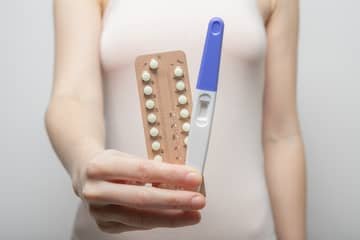
Calculation of the gender of the child according to Jonas, according to the age of the parents or according to the Chinese horoscope
In very few cases of pregnant women, there is absolutely zero curiosity about the gender of the expected baby. It is mainly related to the dream scenarios of some mothers who, right from childhood, planned the exact number of children, their imagined age at each birth, but also the order of arrival of individual children from the aspect of their gender. Sometimes, however, the curiosity of pregnant women is driven by the desire to buy children's equipment, which, in short, they have to adapt to the sex of the expected child. If the gender cannot yet be determined on the basis of an ultrasound image, eager mothers resort to other methods of calculating the gender of the child.
- Chinese baby gender calculation
- Calculation of the child's gender according to Jonas
- Calculation of gender according to parents' blood
- Calculation of gender according to the age of the parents
- Other tests for the sex of the baby
- Calculation of the sex of the child - experience
- The most frequent questions - FAQ
- Comments
How the calculation of the gender of the child works according to the Chinese calendar, according to Jonah or based on the blood age of the parents, and what other methods exist for determining the gender of the expected baby, we will outline in the following paragraphs of our article.
Chinese baby gender calculation
The method of determining the sex of the child based on the system created by the Chinese is based on the lunar calendar, which the Chinese nation and many other Asian cultures follow in many aspects of their lives. Even the ancient Chinese used this method of gender determination in an attempt to produce offspring of a certain gender. The Chinese way of determining the gender works on the principle of calculating the gender according to the age of the mother and the approximate month when the baby was conceived. Just the day, or the month of conception is considered authoritative in relation to human age among the Chinese.
A person's age is counted from conception, and therefore not from birth, as is usually the case in other parts of the world. This is caused by the fact that unlike our 365-day long year, the Chinese one has only 355 days, which leads to the natural phenomenon of older people following this historically significant calendar.
In this regard, the fact that the Chinese New Year always falls on a different day at the turn of January and February, which can cause some people born before the celebration of the new year to have an extra 9 months added to their real age due to the calculation of the age from conception, is particularly important in this regard, which took place in the "old" year. Therefore, if a woman wants to calculate the gender of her baby based on the Chinese table, she needs to add another seven to nine months to the current age based on Chinese standards. Subsequently, it is necessary to find your full age listed vertically in the table and the month of conception of the offspring given in the horizontal part of the diagram. At the point where these two data meet due to an imaginary connection, there is a blue or pink box determining the resulting gender of the offspring.
Due to these age changes, the table for determining the gender of the baby can be too complicated for some future mothers, but fortunately, when calculating the gender, a woman does not have to be burdened by these formalities typical of some Asian cultures, because there are methods to facilitate this really interesting process.
Within the framework of the Chinese lunar calendar, a calculator is used to calculate the gender, in which the age of the woman at the time of conception and the month of conception of the offspring again play a significant role. Although the calculator requires full dates, in the case of information about the conception of a child, the month is especially important, so the day can be given as a guide.
Based on current data, this calculation is approximately 85 percent accurate, while this success of the Chinese conception calendar was tested in North America during the previous century. In Chinese history, these numbers are, of course, higher and border on a 99 - percent success rate.
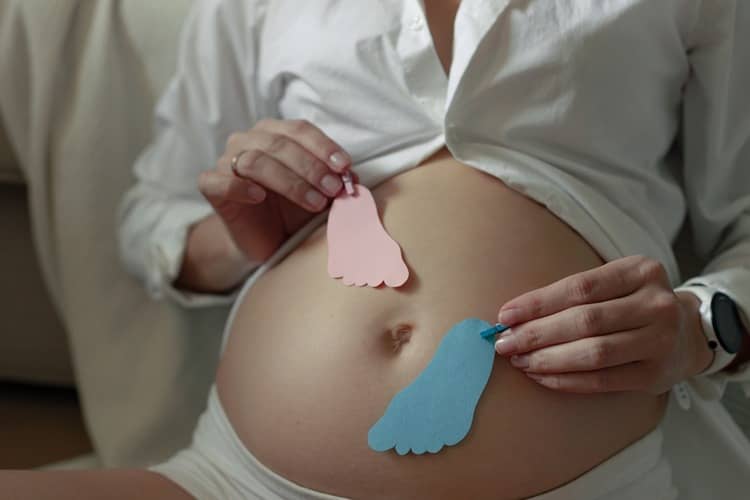
Calculation of the child's gender according to Jonas
In this case, based on the mentioned name, it is a Slovak method, which was created by psychiatrist Eugen Jonas in the second half of the 20th century. The goal of this method was to help women with problems trying to get pregnant. Jonáš's method primarily helps with the calculation of fertile days, while the secondary function is determining the gender of the child.
The basic data required for a successful calculation include the exact date, time and place of the woman's birth. These data help in determining the right time for successful progeny. In addition to the menstrual cycle, fertility is affected by biorhythms, which are completely individual for each woman and can be calculated with the help of Jonas method, which ultimately allows you to work towards the ideal time for conception.
The creator of the method was convinced that if neither partner suffers from any disorders of the genital system that could potentially affect the ability to conceive a baby, absolutely nothing should prevent pregnancy.
In addition, the gender of the child can also be calculated through this method. The reliability of the result is largely questionable but this applies to most of the named methods based on some tables, calculations and other tests. When determining the gender, it is based on the year-long plan starting with the last menstruation of the woman.
With the help of these data, three to four dates are determined that are optimal for the birth of a baby of the given sex. The method was created on the basis of a large amount of research data, which led to the further improvement of the calculation of the gender of the child according to Jonáš and to the increase of the success rate of the given method.
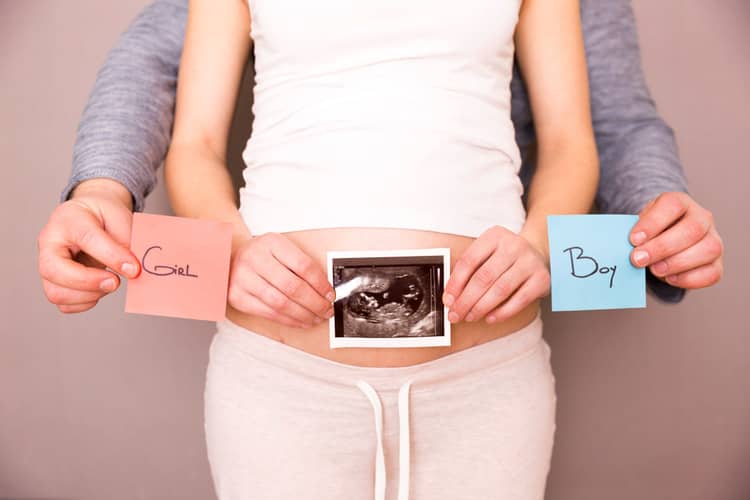
Calculation of gender according to parents' blood
The method related to the blood age of the parents is considered a special way of determining the gender of the offspring. This calculation takes into account the fact that the blood in the human body changes every seven years, which leads to the fact that one of the parents may have younger blood than the other.
Gender can be deduced depending on which of the parents has younger blood. If there was a recent change of blood in the man's organism, it will probably be a boy, while in the opposite case, of course, a girl was born.
To determine the blood age, there is a corresponding table consisting of a vertical column with the age of the woman at the time of conception and a horizontal line with the age of the man at the time of the child's birth. By creating the intersection of the two relevant data, the resulting gender will emerge.
In fact, the table contains various stacked boxes of pink, orange and gray colors. The clash of imaginary lines leading from the data on the age of the parents at the time of conception in the pink box indicates the expectation of a girl, while the orange indicates the male gender of the expected baby.
Gray boxes indicate the same gender as one of the parents who celebrates their birthday earlier in the year. In the case of the gray box, the essential fact is the mentioned renewal of blood every seven years from the birth of a person.
This method should logically be affected by the factor of blood donation, due to which the natural renewal of blood occurs in the donor's body more often. This means that if the donor is a woman, it is more likely that a same-sex child will be conceived. It also works the other way around.
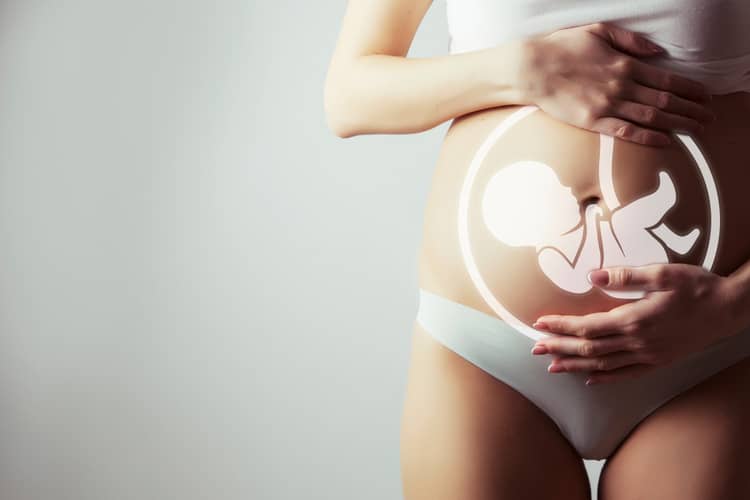
Calculation of gender according to the age of the parents
This method of determining the baby's gender works on a similar principle to the Chinese method, but in this case, not only the mother and the baby, but also the expectant father figure in the equation. The method consists of two tables. In the first one, it is necessary to find the intersection of the lines leading from the horizontally indicated month of the man's birth and the vertically named month in which the woman was born.
By combining these two data, one specific number will be obtained, which will be needed when working with the second table. In the second scheme, it is primarily necessary to find the resulting number from the previous table to determine the gender of the child.
From the given box, we draw a vertical line to the month of the baby's conception, and then from this point we draw a line to the center of the table, where the column with crosses is located. Some boxes have more crosses, some less.
The number of crosses determines the respective sex of the expected offspring. As a rule, more crosses mean that it will be a boy, while fewer crosses signal the conception of a girl. This principle has been used by many parents for many years, but its accuracy is unknown. However, it is a pleasant pastime that shortens the long waiting time.

Other tests for the sex of the baby
The most common form of determining the sex of the child is an ultrasound examination, which is performed at least once in each trimester of pregnancy. Determining the gender of the developing fetus is one of the factors detected during the second ultrasound around the 20th week of pregnancy.
At that time, the baby is already developed enough to be able to determine its gender with the greatest possible accuracy. With this commonly used method, certain mistakes on the part of the doctor also come into consideration. The reason is often unclear visibility of the genitals due to the position of the baby.
The most reliable way to determine the sex of the child is amniocentesis, and thus the collection of amniotic fluid. This examination is performed only if there is a certain suspicion of a fetus with a congenital disorder, but also in older mothers. However, it is a highly invasive procedure that endangers both the mother and the fetus.
Tests for determining the sex of a child have a somewhat lower success rate, which can determine the sex approximately at the 10th week after conception. They work on the same principle as pregnancy tests, so morning urine is needed to perform them. It's a 10-minute affair that leads to near-accurate results. While the resulting orange and yellow colors indicate the expectation of a girl, green and gray indicate that the pregnant woman will give birth to a boy. The disadvantage of these tests is the fact that sexual intercourse performed in the last 48 hours before the test, but also the intake of an excessive amount of fluids at least three hours before the test, can greatly affect the result.
For more than a decade, the so-called BabyGen, which works on the principle of a genetic test. It is a blood test for gender determination. In particular, DNA particles that circulate freely in the blood of a pregnant woman are examined. The collected blood will be processed in the laboratory, its analysis will take place, with which the specialists will finalize the result. Unlike amniocentesis, this is a routine collection without any risk for the mother or fetus.
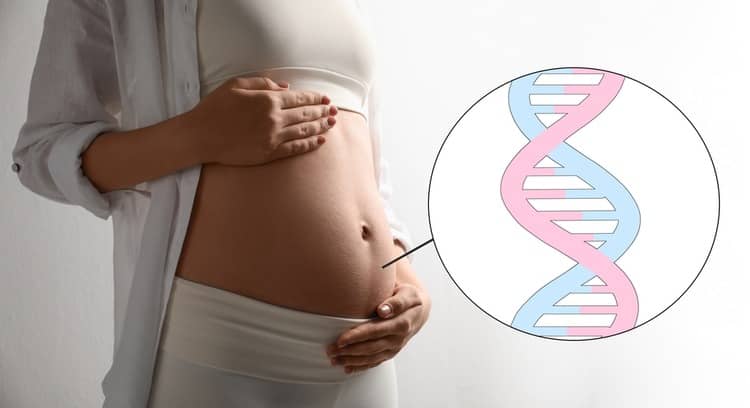
Calculation of the sex of the child - experience
In many cases, women do not consider any of the above methods of calculation based on tables and equations to be reliable, and therefore rather highlight blood samples examined in professional laboratories and other tests performed by doctors. They bring results that are based on physiological parameters. Many also noted in the discussion forums that with the method according to the Chinese calendar or the blood age of the parents, there is a 50 to 50 chance, while many times these calculations are wrong.
However, one of the discussants cleverly pointed out the cases of some women who are just barely able to deliver their baby, adding that in most situations the gender of the child does not matter anyway, and therefore the solution of any methods for calculating the sex of the child is completely useless.
The most frequent questions - FAQ
In the event that you did not find what you were looking for in the article on the various methods used to determine the gender of the child, do not hesitate to contact our question and answer section, in which we have summarized a few other aspects related to this topic, or possibly the comments section. We try to answer all readers' questions and comments as soon as possible.
Is there any way to influence the gender of the child when trying to conceive it?
What is the probability that the doctor is right when determining the gender?
Can the characteristics of the parents, such as age or weight, influence the future gender of the child?
Can frequently eaten food during conception affect the future sex of the child?
Pridať komentár


